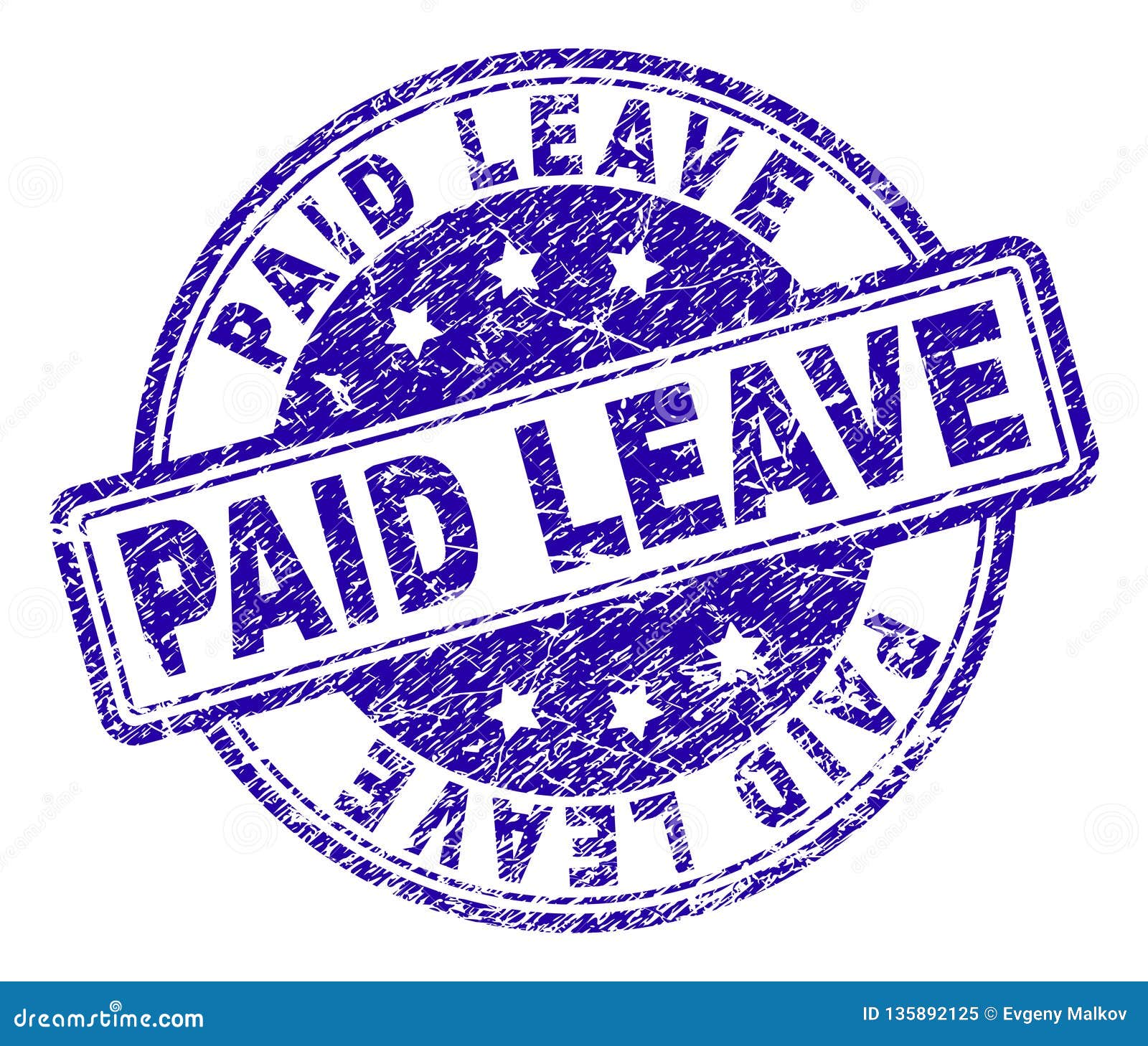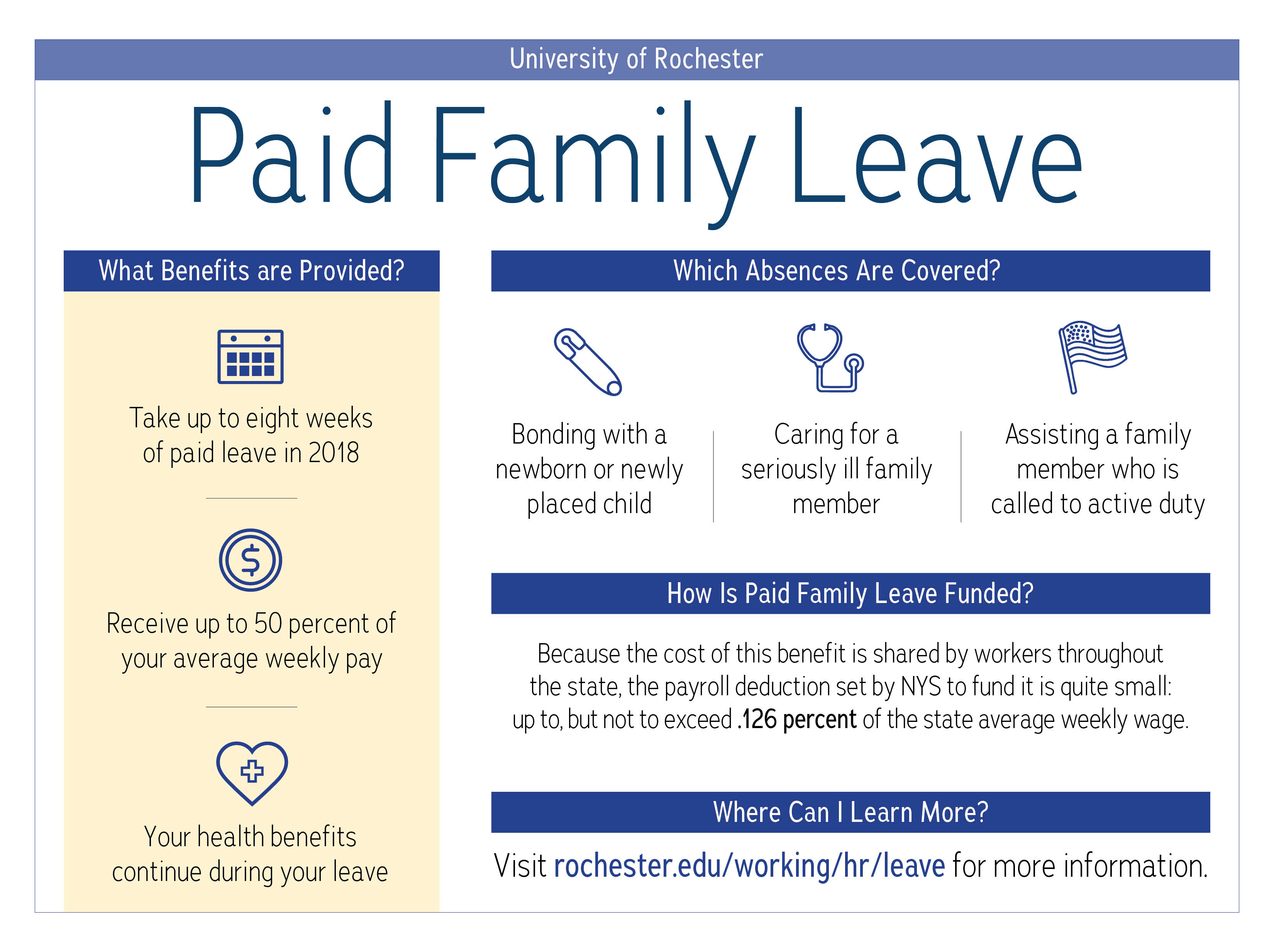

Cedric Richmond to open a conversation about a more expansive paid leave policy. When existing polling indicated that broad public support for paid leave that went beyond the 12 weeks being discussed in most policies, PL+US partnered with the Georgetown Law School Center on Poverty and Inequality to release a report on the idea and worked with Rep. PL+US worked outside the traditional coalition to open the Overton Window on paid leave policy.Read what PL+US did in its effort to build that political constituency and win a federal paid leave policy » PL+US had a clear view: to effectively advance federal policy, it needed to build a powerful constituency. Winning paid leave would require deep investment in political organizing, building new legislative champions, and embracing a policy that worked for all.Īs a single-issue organization outside of the traditional paid leave coalition, PL+US differentiated itself by leaning into political advocacy, paid media, and a non-traditional legislative approach. The stories that the grassroots and grasstops advocacy – working people, business leaders, and celebrities – brought to the campaign were critical to creating the conditions (and movement) necessary for a legislative victory on paid leave. Powerful personal stories not only led to incredibly impactful earned & paid media but also provided opportunities to build localized support for a federal paid leave policy with key legislators. PL+US also worked to center the voices and stories of advocates paired with relevant data in its storytelling efforts to build humanity and support for paid leave.in its storytelling and advocacy efforts, PL+US was able to highlight the wide range of Americans who would be positively impacted by paid leave and broaden the discussion beyond a more traditional, gendered discussion of the issue that has primarily focused on maternity leave.

By mobilizing Dads, bipartisan groups of moms, LGBTQ+ families, etc.

PL+US actively sought to activate new or unexpected voices on paid leave throughout the campaign to deepen the national conversation and drive a broader understanding of the issue.bad paid leave policy, educated reporters on the necessary components of inclusive paid leave, and created a drumbeat of wins that established a sense of momentum behind the push for a federal paid leave policy. Early on in its campaign, PL+US focused attention on bad corporate actors to help generate earned media coverage that helped define a good vs.In particular, lifting up real people with real stories about the value of paid leave was central to PL+US’ work and success.Īs an organization, PL+US was focused on doing the following to advance the fight for paid leave using advocacy and storytelling: PL+US used advocacy and storytelling to shift public understanding about paid leave. This also fostered a national narrative around the business and economic case for paid leave, which would be critical in the public policy debate to come. Through PL+US corporate engagement work and the change it prompted, more than 8 million people gained new or expanded access to paid leave. Companies with new or improved policies could potentially become advocates for a federal policy solution, helping to neutralize the power of business opposition.Corporate policy change fostered a critical narrative of equity that would be foundational in the public policy debate.Corporate policy change would translate to real-life impact for millions of people.

#PAID LEAVE SERIES#
A series of companies changing their paid leave policies could provide a drumbeat to build momentum.Read how PL+US approached its work with an early focus on the corporate sector for four key strategic reasons » PL+US saw an opportunity to push companies to respond to growing public demand for paid leave and provided an opportunity for companies to showcase their leadership in building equitable and supportive workplaces. With existing advocates focused largely on public sector transformation across the federal, state, and local level, the private sector was a largely untapped source of power for paid leave. PL+US worked from inside and outside to push large companies to introduce or expand paid leave policies. One path to winning paid leave for more working people in the U.S.


 0 kommentar(er)
0 kommentar(er)
